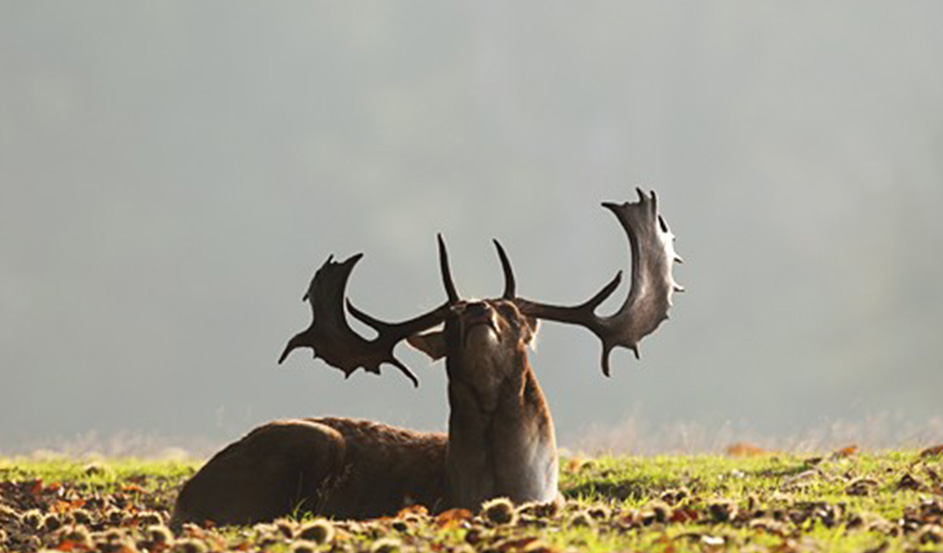
CULTURAL CONCEPT BEHIND NÁTTÚRA BY KITCHEN THEORY
So we are now approaching the launch of our latest series of dining events entitled ‘Náttúra by Kitchen Theory‘. The events will highlight our research into the Nordic region and New Nordic Cuisine.
When we first approached this concept and discussed it as a team a lot of different ideas were bounced around in terms of how we would express this concept. How would we represent the region on a plate? Many of these initial ideas involved taking popular Nordic dishes and re-interpreting them in our own style, perhaps a course to represent each of the countries that make up the region? Do we pay tribute to some of the region’s most well known restaurants? Should we involve vikings somewhere along the line?
But it all seemed too shallow; they neglected to understand the fundamental philosophies and common cultural traits which define the region. So the next question became; what are the philosophies and common cultural traits of the Nordic region? In fact what is ‘Nordic’ and how does it differ from the term ‘Scandinavian’ ? As we began to identify these questions many more arose (as normal; the more you know.. the more you realise you don’t know!)
So our research and quest for knowledge began around 4 months ago and was mostly based on looking at each of the countries which make up the Nordic region (Denmark, Finland, Iceland, Norway, Sweden and their autonomous regions; the Aland Islands, the Faroe Islands and Greenland) and their distinctive cultures. Initially our ignorance had led us to believe that the region’s cultural similarities would be available in abundance and that finding that common thread on which to base our concept on would be relatively easy (A.A. Gill described this part of the world as ‘a collection of countries we can’t tell apart’). We were wrong.

The Almost Nearly Perfect People by Michael Booth on Amazon
My first port of call was to be writer and journalist Michael Booth. Why? Well not only is he one of my favorite authors (his book Sushi & Beyond was in many ways responsible for opening my eyes to the beauty of Japanese cuisine which has led to a trip to Japan and lifelong affinity for all things Japanese), around this time I had noticed an article he had written for Monocle (also my favorite magazine) on the topic of Danish people being rated as the happiest in the world. I realised he had a newly released book out entitled ‘The Almost Nearly Perfect People: The Truth About The Nordic Miracle‘.
So without hesitation I bought the book and read it in the space of a few weeks (not bad going when you work as a full time chef). I contacted Michael and he had warned me that the book didn’t really cover much on the culinary side of the region, but this is exactly what I wanted at this stage of our research. As expected the book was incredibly witty and insightful, it also raised my awareness to the huge cultural differences within the region. It seemed that the Nordic countries, although grouped together geographically, seemed to have vast cultural differences. Was it even going to be possible to find a common cultural thread?
After reading the book I continued to reflect on a few main points which seemed to stick with me: firstly, Nordic countries are very different culturally however, a unifying point is that the Nordic people have a very strong relationship with Nature, it has shaped their history, culture, diet, way of living and continues to do so till today. Scandinavians in particular are famed for their love of getting out into the wild and participation in all sorts of outdoor sports and hunting. There is an abundance of beauty and generally a lot of variation in terrain across each of the countries (more in some than others). What better concept could we as chefs ask for than nature? The Old Norse word for which is Náttúra.
The second point was a piece in the book which mentioned that a Norwegian language professor at Oslo university had declared English as a Scandinavian Language, this led me to read more on the topic and it actually turns out that the UK has an more in common with the Nordic countries than it does with mainland European countries such as France, Spain and Germany in terms of humor, tolerance, religion, honesty, stoicism, weather other culture shaping issues.

New Nordic Food II is a communication programme under the Nordic Council of Ministers that promotes Nordic food in the region and internationally
Around the same time we began looking into New Nordic Cuisine and the New Nordic Cuisine Manifesto. What struck me most was that the basic principles of the manifesto could actually be applied anywhere in the world. Also that it had been inspired by a deep and genuine enthusiasm for developing a new, healthy and tasty nordic food culture (something the UK is just as in need of). The key components of this style of cuisine and its manifesto revolve around a respect for nature, seasonality, locality, the origin of products (terroir) and simplicity.
So if we were to highlight the beauty of Nordic cuisine and do justice to our re-interpretation of their philosophies and principles should we not use British produce and develop a menu based on the New Nordic Cuisine’s manifesto?
All the above and much more have shaped our concept; we called it ‘Náttúra by Kitchen Theory‘ and we set ourselves the task of applying the philosophies and spirit of New Nordic Cuisine’s manifesto to our own territory. In this way we can truly stay true to the spirit of New Nordic Cuisine and deliver a menu which takes our diners on a culinary philosophical journey, discovering the best of British seasonal produce through use of Nordic philosophies.


